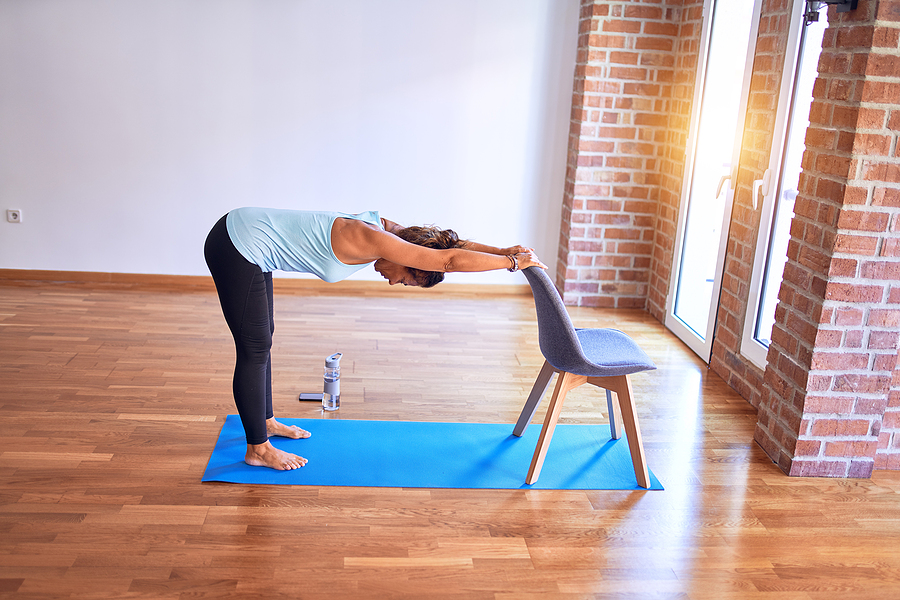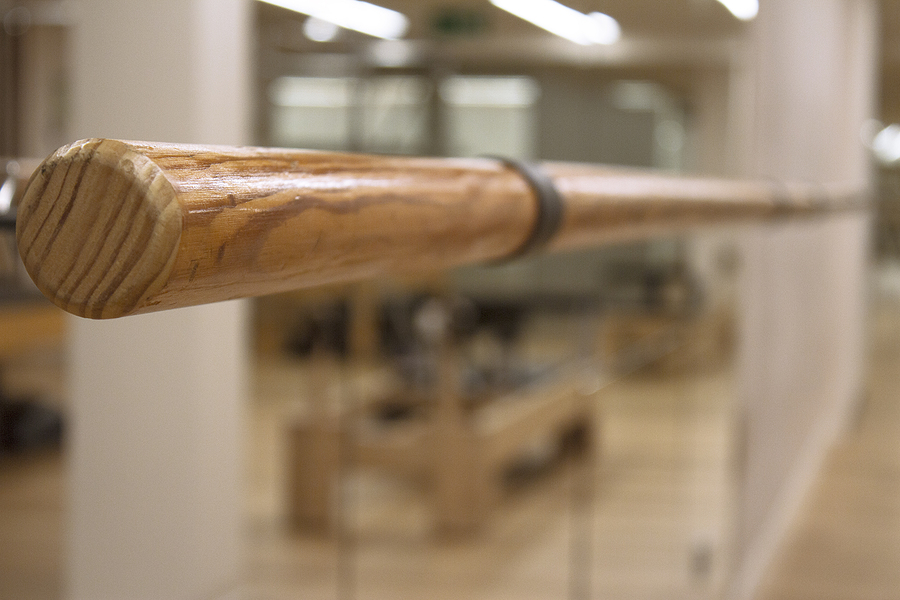Camilla is ‘hooked’ but what does barre actually involve – and how hard is it?
No, you don’t have to be a dancer to do a class – and you’ll definitely feel the burn by the end
Like so many people, the Duchess of Cornwall used video workouts to keep fit during lockdown.
Camilla’s class of choice? Barre; she’s an avid follower of the Silver Swan ballet classes for over 55s. A vice patron of the Royal Academy of Dance (RAD), she toured the V&A’s new exhibition celebrating 100 years of the organisation with former Strictly judge Dame Darcey Bussell.
Camilla said during the visit: “I’ve been completely hooked [to barre]. I love it… We sort of crash about the place.”

The Duchess of Cornwall and Dame Darcey Bussell posing at a barre
Barre classes – either virtual or IRL – can be a bit daunting, and some people might be put off if they don’t consider themselves ‘dancers’. However, barre is the kind of workout everyone can benefit from…
What happens in a barre class?
View this post on Instagram
If you go into a dedicated barre studio, there will likely be mirrors and a ballet barre attached to the wall. You will “pull off the barre with your own body weight to tone, to sculpt, to empower, to gain confidence,” explains Ashley Verma, founder of Define London barre fitness studio.
“With barre, you use light hand weights and your own body weight – there’s not much more to it,” she says. “You use the ballet barre to pull yourself off, to really get into tiny little muscles that shake, bake and burn – that is a very common thing that happens in barre.”
A trainer will lead you through a series of small, precise movements, and “we get into the nitty-gritty, deep down into the muscle fibre so you get that twitch effect,” says Verma. “It switches on those tiny little muscles that really help support the bigger being of the body.”
If you’re at home following a virtual class, you can replicate the barre with a kitchen countertop or chair, and sub in cans or full water bottles for hand weights.
What are some of the benefits?

You can use a chair at home
For many of us, the pandemic has wreaked havoc on our posture; and after four to eight barre classes, Verma says “you will see an absolute lift in your posture”.
Barre is low impact, so your joints are protected and the muscle fibres are strengthened by the targeted movements. “It’s a great counter balance for someone who loves a Hiit workout – a Hiit workout is not going to get into those muscles the way that barre does,” says Verma. “Marathon runners train with barre because it’s a great counter balance, and they need to make sure their knees and their feet stay healthy.”
There’s a big focus on feet in barre: you do classes in socks or barefoot, and “you’re working through your metatarsals”, explains Verma – something often neglected in other workouts when your feet are stuffed into shoes.
Verma also appreciates the confidence and mental boost barre can give you: “It’s empowering, and it really gives longevity within oneself,” she says. She encourages young people to start regular barre classes, as it can help with long-term bone strength.
Ultimately, Verma says: “Barre becomes an addiction – in such a good way.”
Who should try barre?
“It really is an overall wonderful workout for every different shape, size and age,” says Verma, who trains teenagers right up to people in their 60s and 70s. It’s the kind of workout you can safely do during pregnancy (although always check with your GP) – Verma herself was doing barre until the day before giving birth – and it’s also “great for injury prevention, and post-injury when you’re coming out the other side of surgery,” she says.
You definitely don’t have to have a background in ballet to do a class: “That inner dancer does come out in anyone, and you don’t have to be a dancer,” says Verma.
How hard is it really?
“Barre is hard!” Verma says with a laugh. “And I don’t think that should scare anyone away. A workout is a workout, you want to hold yourself accountable for doing it, but you want to make it worth your while when you’re doing it.
“With barre there are so many ways to make it advanced, but there are so many ways to make it beginner – but beginner challenging.” Yes, it will be tough and your muscles will shake – but you can tailor the workout to your level and experience.
The Press Association
Latest posts by The Press Association (see all)
- World Penguin Day: Test your knowledge with our penguin-themed quiz - April 23, 2024
- Kate’s new photo of Louis released to celebrate prince’s sixth birthday - April 23, 2024
- Alan Titchmarsh: Slugs are never going to be my friends - April 23, 2024
- Prince Louis celebrates sixth birthday - April 23, 2024
- Special episode of Planet Earth III to be narrated by schoolchildren - April 22, 2024






















